Most people blame big, greasy meals for a bloated belly. But even some of the healthiest foods can trigger bloating — especially as we get older and our digestion changes. If you’ve cut out fast food but still puff up after a salad or fruit, you’re not imagining it.
The truth? Certain foods — even nutritious ones — can produce more gas, draw extra water into your gut, or move more slowly through your digestive system. In this article, you’ll discover which everyday foods might be making you feel uncomfortably full, why it happens, and how to find swaps that keep you comfortable without cutting out all the good stuff.
Why Healthy Foods Sometimes Cause Bloating
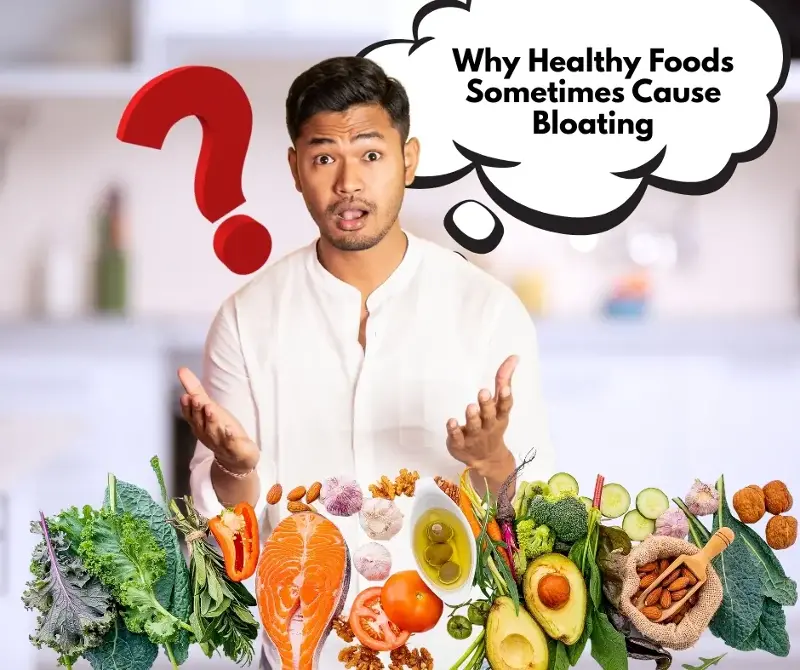
Bloating is often a result of your gut bacteria fermenting food and producing gas. Many fruits, vegetables, legumes, and even dairy products contain natural sugars, fibers, or starches that your small intestine struggles to break down completely. When these pass into your large intestine, bacteria get to work — creating gas in the process.
This is normal, but in sensitive people, especially those with a slower digestive system, the gas can build up and cause that familiar “balloon” feeling.
Common Healthy Culprits
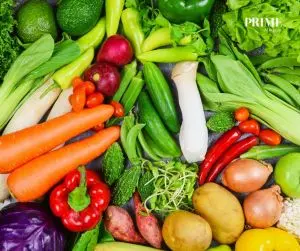
1. Beans and Lentils
Beans and lentils are rich in plant protein and fiber, which makes them a healthy choice. But they also contain complex sugars that are hard to digest. These sugars ferment in the gut, producing gas and bloating.
Make it gentler: Soak dried beans before cooking, rinse canned beans well, and keep portions small. For an easier protein swap, try tofu, tempeh, or quinoa.
2. Cruciferous Vegetables
Broccoli, cauliflower, Brussels sprouts, and cabbage are nutrient powerhouses. But they contain a natural sugar called raffinose, which ferments in the gut. They’re also high in fiber, which can cause discomfort in large amounts.
Make it gentler: Cook these vegetables thoroughly to soften fibers, and combine small amounts with other greens like spinach, zucchini, or bell peppers.
3. Certain Fruits
Apples, pears, and mangoes are high in natural sugars and sugar alcohols that can be difficult to absorb. This can lead to fermentation and gas.
Make it gentler: Choose lower-bloat fruits such as berries, bananas, citrus fruits, grapes, or kiwi. If you love apples, try half instead of a whole one.
4. Onions and Garlic
These add flavour and health benefits but are high in fructans — fibers that easily ferment. Even onion powder can be a trigger.
Make it gentler: Use garlic-infused oil or fresh herbs like chives, basil, and parsley to flavour your meals without the excess gas.
5. Sugar Alcohols and Artificial Sweeteners
Sugar-free gum, mints, protein bars, and diet snacks often contain sorbitol, xylitol, or mannitol. These aren’t fully absorbed by the body, so they ferment in the gut and produce gas.
Make it gentler: Limit sugar alcohols and try natural sweeteners like stevia or small amounts of honey instead.
Finding Your Personal Triggers Without Over-Restricting
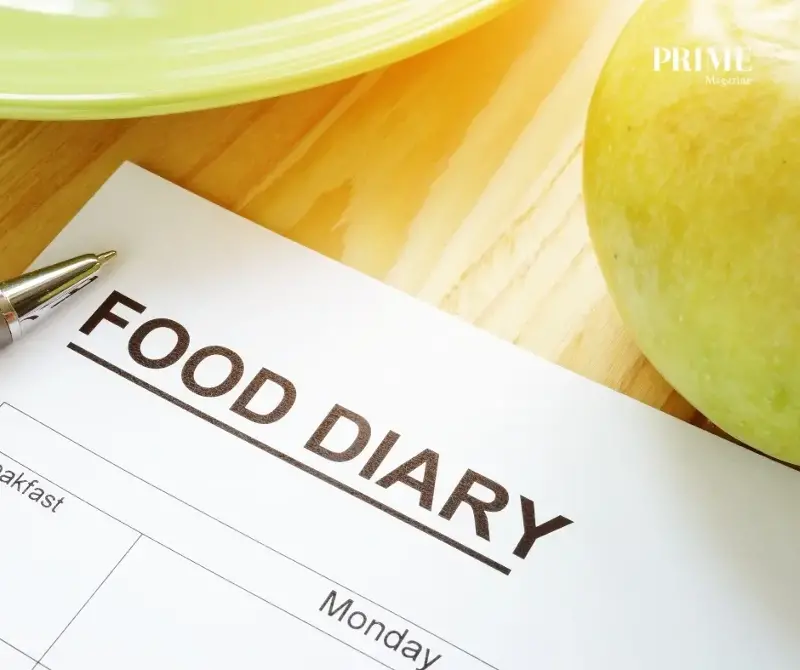
You don’t need to cut all these foods forever. The goal is to figure out which ones affect you and in what amounts. Here’s how:
-
Keep a food and symptom diary — note what you eat and when you feel bloated. Patterns will start to show.
-
Introduce changes gradually — reduce one possible trigger at a time so you can tell what’s making the difference.
-
Adjust portion sizes — sometimes the problem isn’t the food itself, but having too much in one sitting.
-
Mix raw and cooked — cooked foods are often easier to digest, so experiment with different preparations.
Low-Bloat Swaps Checklist
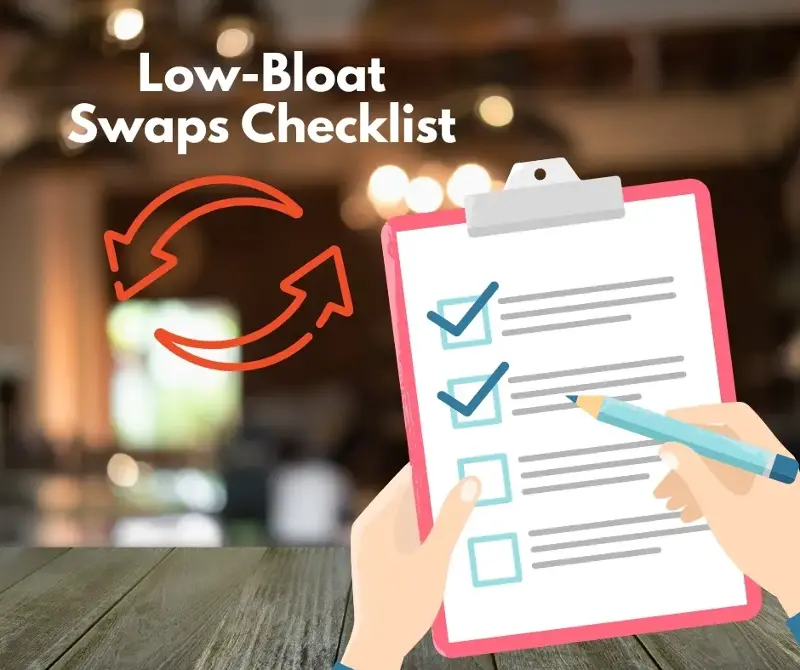
If beans or lentils bother you, try tofu, tempeh, or quinoa instead.
If broccoli, cabbage, or Brussels sprouts cause discomfort, swap for spinach, zucchini, or bell peppers.
If apples or pears leave you gassy, choose berries, citrus fruits, bananas, grapes, or kiwi.
If onions or garlic trigger bloating, use garlic-infused oil or fresh herbs like chives, basil, and parsley.
If sugar alcohols cause trouble, go for stevia or small amounts of honey.
If cow’s milk makes you feel heavy, switch to lactose-free milk, almond milk, or oat milk.
In a Nutshell
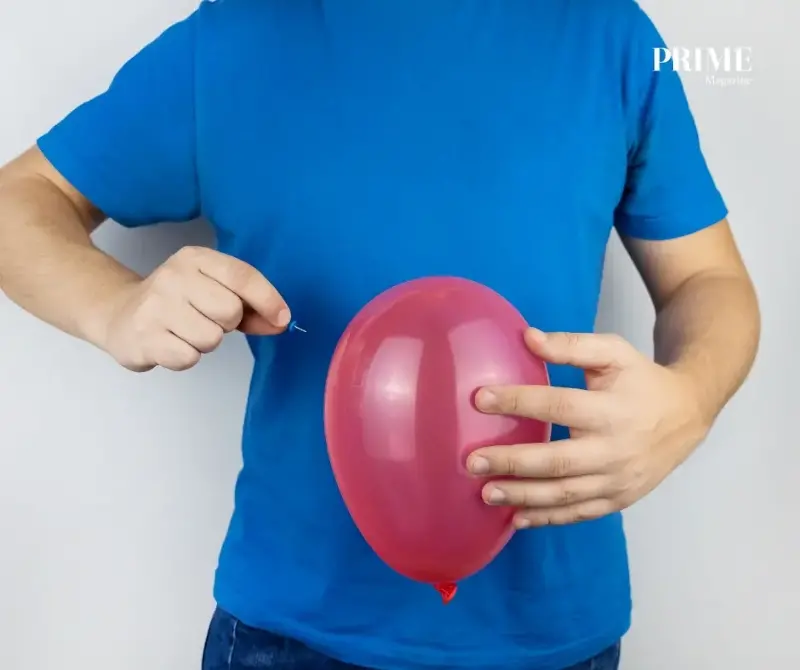
Even the healthiest foods can make your belly swell — especially if you’re over 40 and digestion isn’t as speedy as it used to be. The key is knowing your personal triggers and making smart swaps so you can enjoy your meals without discomfort.
Next in the series: Morning-Flat, Evening-Bloated — Why It Happens, where we explore why your tummy changes size throughout the day and how to keep it comfortable from sunrise to bedtime. PRIME
